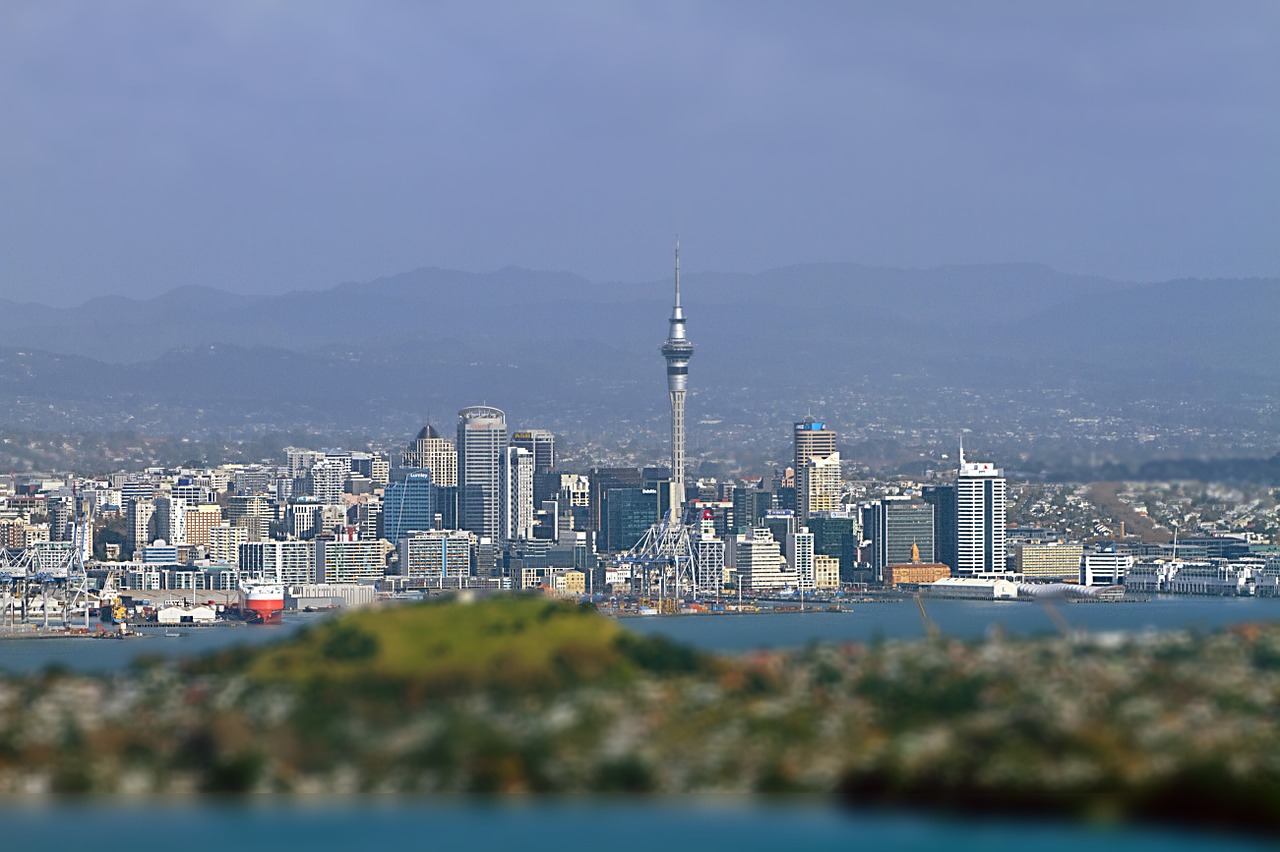
Tāmaki Makaurau – Two new research papers from Te Waihanga – the New Zealand Infrastructure Commission highlight the link between land prices and infrastructure and the need to earmark land for future infrastructure.
Land prices are, in part, an infrastructure issue. On one hand, a shortage of infrastructure can limit development opportunities in cities, contributing to higher prices, Geoff Cooper, general manager – strategy, Te Waihanga. urban land prices and infrastructure.
On the other hand, high land prices can make it costly and difficult to build infrastructure where and when it is needed.
The first report looks at trends in urban land values between 2010/11 and 2020/21. Between 2010 and 2021, the difference between urban and rural land prices roughly doubled in nearly every large New Zealand city – Auckland, Hamilton, Tauranga, Wellington and Queenstown.
The report finds infrastructure and planning costs are factors in these increases. The exception is Christchurch, where land has remained more affordable which may possibly be due to changes to housing development and infrastructure following the 2011 Canterbury earthquake.
In recent years, New Zealand has made significant progress towards addressing challenges with housing supply and urban development, but urban land prices remain high. In some places, infrastructure may now be the main constraint to homebuilding.
The second report examines how Aotearoa can manage the impact of rising land prices on infrastructure project delivery.
It finds that designation or acquiring land for infrastructure in advance can make it cheaper and easier to build the infrastructure we need, from neighbourhood schools to major public transport routes.
Protecting land needed for future infrastructure keeps our options open and can be easily reversed, people can sell the land if it is ultimately not needed.
Between 2010/11 and 2020/21, nearly every large New Zealand city, with the exception of Christchurch, experienced significant increases in the value of urban land relative to nearby rural land.
For instance, in 2010, Auckland’s urban land values were 2.1 times higher than the value of adjacent rural land. By 2021, this ratio had risen to 4.4.
In dollar terms this has been a significant increase. In Auckland, urban-zoned land was valued at a premium of nearly $1300 per square metre relative to nearby rural-zoned land in 2020/21.
This is up from a premium of less than $200 per square metre in 2010/11. Tauranga has a difference of $1100 per square metre, while Wellington, Hamilton, and Queenstown have differences in the range of $400 to $500 per square metre.
Christchurch is the only city to experience declining rural-urban land value differences. In 2020/21 Christchurch had the lowest price premium for urban land, around $200 per square metre. While the reasons for this weren’t examined specifically, this is likely due to the impacts of the Canterbury earthquakes and subsequent rebuilding.

